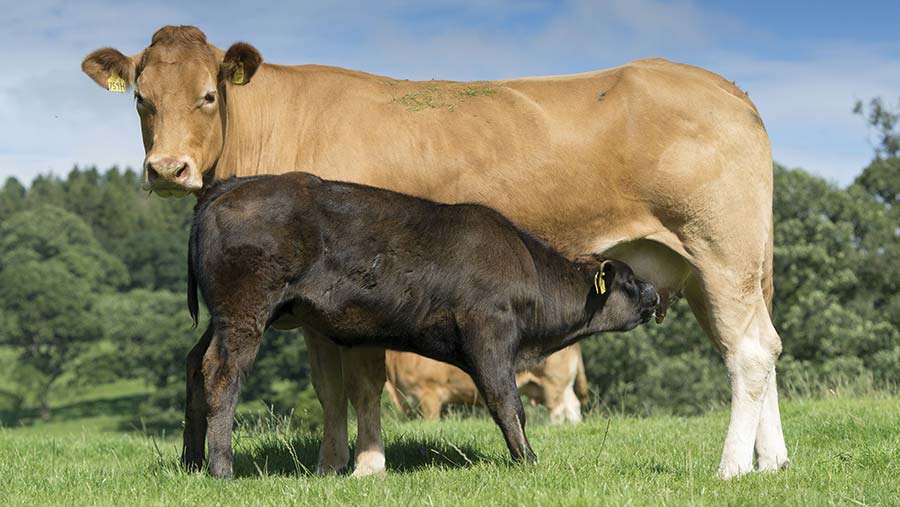By Ndumiso Tshuma
As the demand for sustainable livestock farming grows, understanding the weaning process in cattle production has become crucial for farmers and ranchers.
Weaning, the practice of separating calves from their mothers, typically occurs between six to nine months of age and serves multiple purposes, from effective herd management to ensuring animal welfare.
Nqobani Manyabi, an animal science specialist at EL Ganado Consultancy, a livestock consultancy firm, explained that one of the primary reasons for weaning is to reduce the lactation burden on cows, allowing them to recover and maintain their body condition for future breeding.
“By weaning the calves, we allow the cows to redirect their energy toward recovery and health, which is essential for optimal herd productivity,” said Manyabi.
He also highlighted that weaning helps separate animals by age, enabling more effective feeding and nutritional supplementation tailored to each group’s needs. This separation not only boosts growth rates but also supports veld management by preventing overgrazing and maintaining pasture health.
“It helps manage pasture by controlling herd size. Generally, weaning is done at six to nine months of age,” Manyabi added.
Manyabi outlined various weaning methods employed by farmers. One method is the Stockade Method, where calves are penned next to their mothers for two weeks or more, allowing them to adapt to supplementary feed. While beneficial, this method can be costly due to the need for additional feed and hay.
“This method is expensive because of the supplementary feed and hay required. It also takes time for the calves and cows to settle, making it more suitable for large ranches,” he said.
Another approach, Complete Separation, involves relocating calves to a distant paddock while the cows remain in their original area. Calves may be mixed with older heifers, which helps them learn to consume supplementary feed. Although less stressful, this method can present challenges, such as strong maternal instincts leading to fostering.
“One can also exchange calf-cow herds, swapping cows and calves from different herds. But some cows with strong maternal instincts may foster the calves. However, this method is less traumatic,” Nqobani noted.
He also described the Nose Plate Method, an innovative technique where calves wear plates on their noses to prevent suckling while staying with their mothers for a period.
“This allows the cows and calves to stay together before being fully separated. It’s less traumatic, but the plates are removed after seven to 14 days. The downside is that some calves may learn to suckle with the plates on,” he explained.
Nqobani also mentioned that early weaning can prevent weight loss in cows and promote quicker returns to calving. However, it can be economically unfeasible, as calves require costly creep feed.
“First-calf cows can grow quickly to mature size and return to calving earlier, but in most cases, early weaning is not economical as a whole. The cost of feeding both the cows and the calves heavily with creep feed can outweigh the benefits,” he said.
Lastly, Temporary Weaning, which involves brief separations of up to 48 hours, serves as a compromise between effectiveness and reducing trauma. This method has been successful in encouraging earlier cycling in cows, especially during short breeding periods.
“This method removes the suckling effect on cows, causing them to cycle earlier. It has been effective during short bulling periods of around 45 days,” Manyabi concluded.

